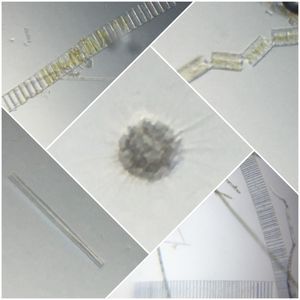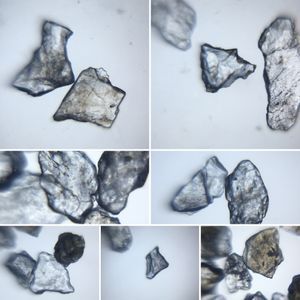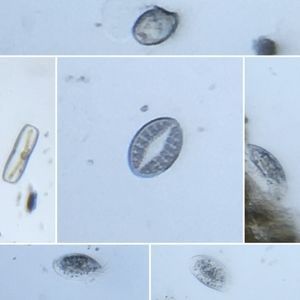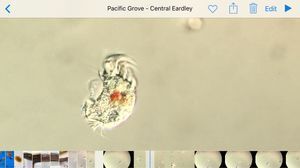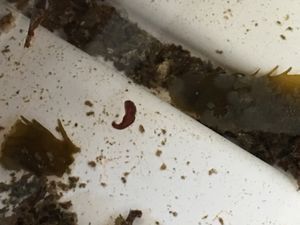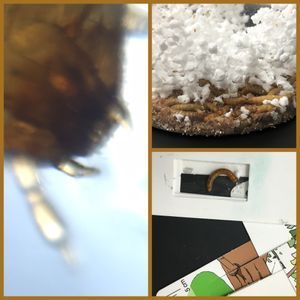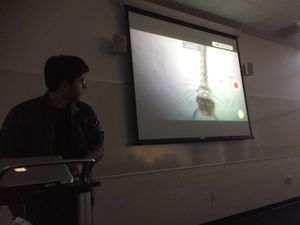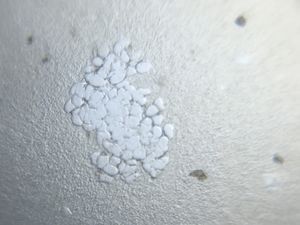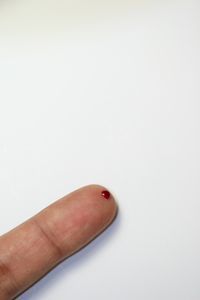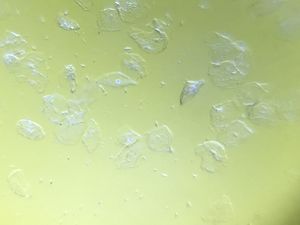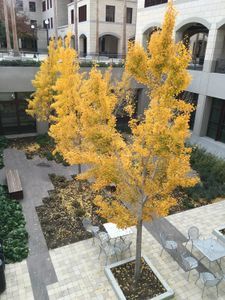Secrets of a foxtail (diaspore) – a humidity controlled actuator
 May 01, 2017 • 11:10 AM UTC
May 01, 2017 • 11:10 AM UTC Unknown Location
Unknown Location 140x Magnification
140x Magnification Microorganisms
Microorganisms
Saad Bhamla
Learn about the author...
32posts
11comments
2locations
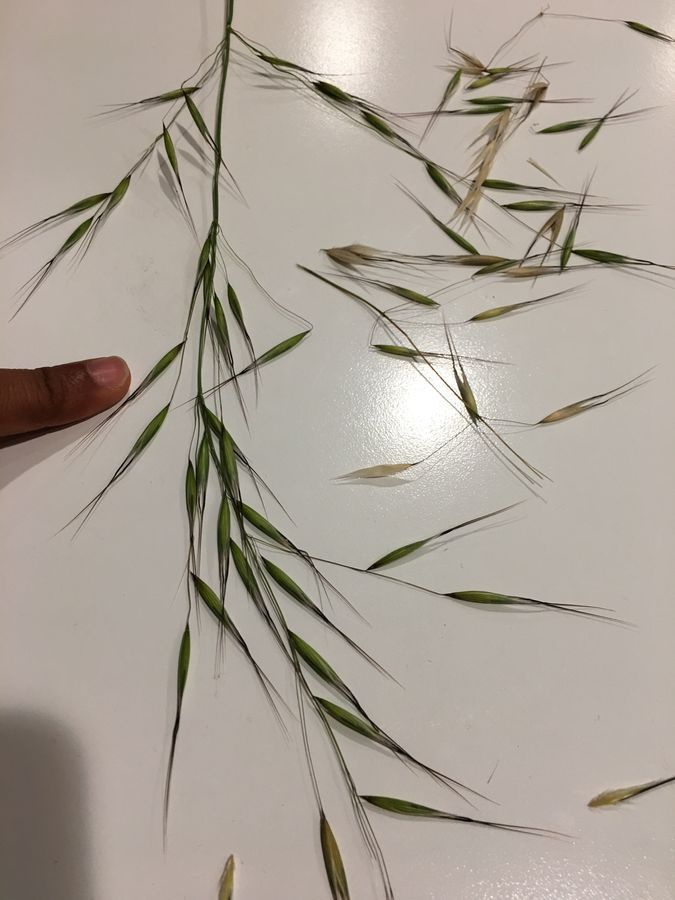
I was walking the dish with Jenny and I saw weeds in full bloom along the side of the road. One specific type called foxtail (later learnt it’s name and that it’s a health hazard for dogs) was caught my eye as on one branch it had a gradient of seeds at different stages of opening of the awns. I brought some home to foldscope.

Each foxtail cluster has an internal seed and external strycture that has spikes covering it’s external surface – I know this since I picked it up and ran my finger along it- in one direction it’s smooth as silk and in the other, feels like barbs poking into your skin.
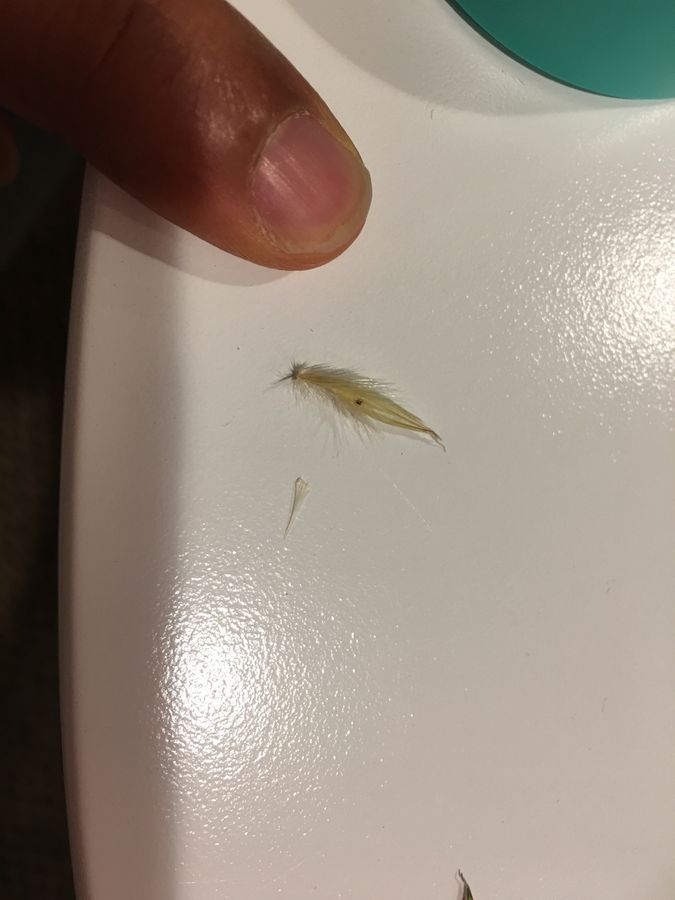
So here are images from the foldscope.
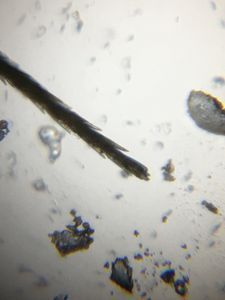


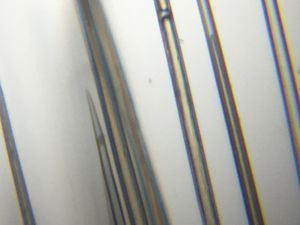


Some of the finer hair don’t have barbs, while the thicker filaments have sharp barbs. I’m imagining we can make microscopic barbed fences – but we know this foxtail uses the barbs to latch onto noses and fur of animals.
I took the outer sheath, flattened it and imaged it since it had green and white stripes that I wanted to take a closer look, and I was amazed to discover something!
I took the outer sheath, flattened it and imaged it since it had green and white stripes that I wanted to take a closer look, and I was amazed to discover something!


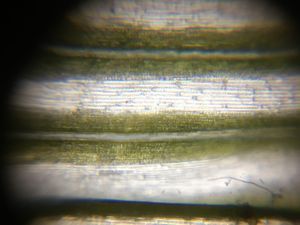

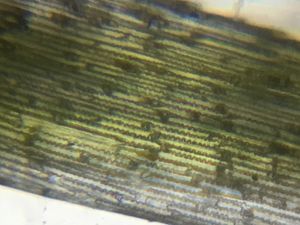
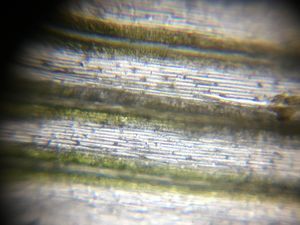
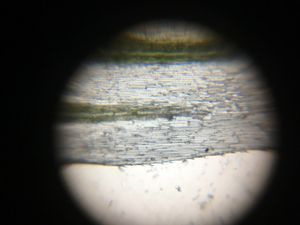

In the first two pictures, hopefully you can see buckling zig-zag cell boundaries – what are they? They seem like spring structures that can probably compress and relax.
So I did a stupid experiment – and you’ll see it worked (you can hear our amazement!) I heated the foxtail on a pan and discovered that it opens and spins around. To test it’s reversibility, I cooled it and added water, and it closed back up revealing that this simple plant is a actually humidity? actuated spring-actuator.
So I did a stupid experiment – and you’ll see it worked (you can hear our amazement!) I heated the foxtail on a pan and discovered that it opens and spins around. To test it’s reversibility, I cooled it and added water, and it closed back up revealing that this simple plant is a actually humidity? actuated spring-actuator.
Sign in to commentNobody has commented yet... Share your thoughts with the author and start the discussion!

 0 Applause
0 Applause 0 Comments
0 Comments
